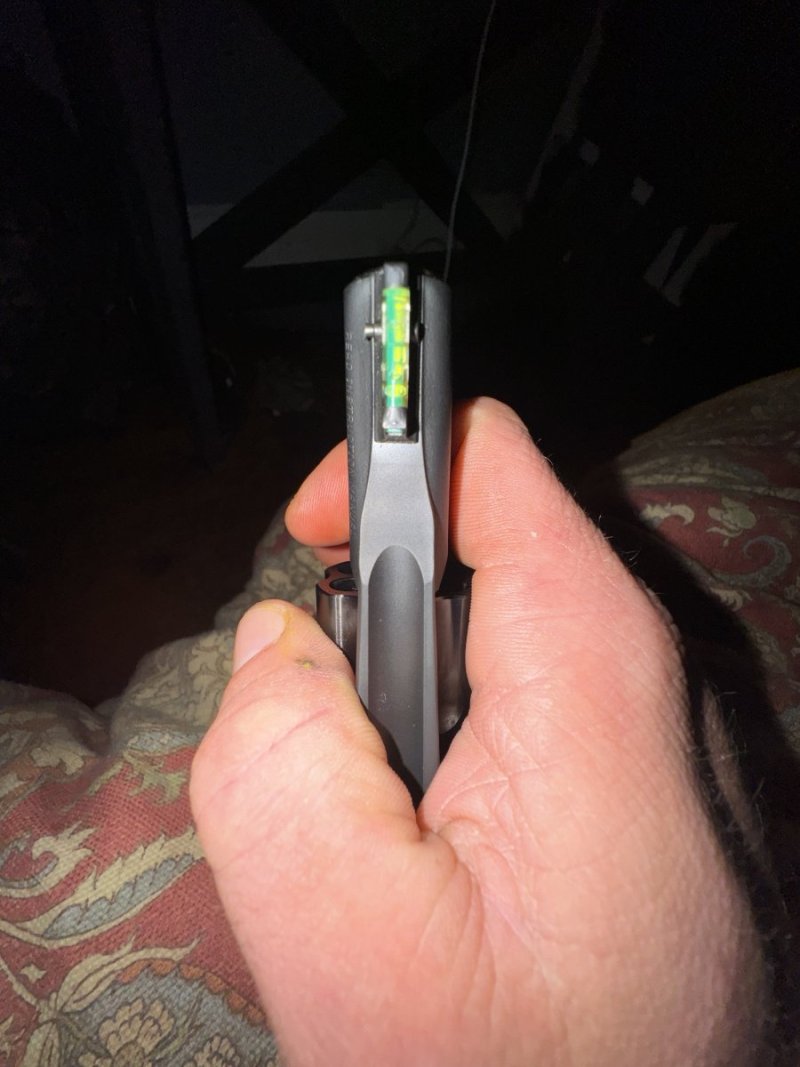Alright, so I got the AR bug and started building AR's.. Now I'm doing a lot of steel comps and I'm getting back into 1911's and I'm wanting to build a couple for said comps.. Well, not whole build to start.. more changing out parts, triggers, hammers, sears, springs, dis-connectors and such to make the triggers better, barrels and bushings to make the gun group a little better kind of thing, but 1911's are a little more complicated than an AR and I was wondering if anybody could point me towards some good reads, maybe some youtube videos to aid me. I don't plan on doing ANY work till I've read up on it a good deal and watched some videos so that I have some confidence that I know how everything comes apart and goes back together BEFORE I start tearing one apart any father then you average field strip.
Plus as much as I plan on shooting I really need to know how to completely tear the thing down for GOOD cleaning/oiling and inspection of parts/springs so I can replace them before they cause me grief when they start to wear.
I've torn apart a few bolts on my sig pistols, but I've never torn into the frame of anything other then my Ruger 22/45 and my Sig 1911-22 and only far enough to remove the magazine disconnects in them
Plus as much as I plan on shooting I really need to know how to completely tear the thing down for GOOD cleaning/oiling and inspection of parts/springs so I can replace them before they cause me grief when they start to wear.
I've torn apart a few bolts on my sig pistols, but I've never torn into the frame of anything other then my Ruger 22/45 and my Sig 1911-22 and only far enough to remove the magazine disconnects in them








